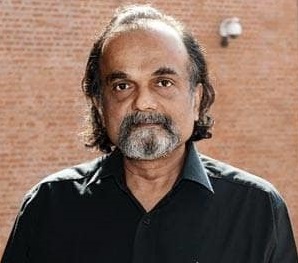The Ahmedabad Municipal Corporation got a few hundred new CNG buses some months back, which look worn out already. No replacement of tail-lights, no repair of dents, no painting.
The phenomenon of poor or zero maintenance and abandonment is so rampant that a new form—BUD (credit my daughter) Build (or Buy), Use and Dump—is apt to the lingo of infrastructure.
Strangely, of innumerable public finance studies that analyse budgets , almost none go into the budgetary processes. DFID (Mitra & Pillai, in India Infrastructure Report, ‘03)highlighted the perversity.
Plan funds are available from the Centre to para-statals and lower levels of government if they can "fit into the plan" and prepare proposals. As the proposer bears a small part of the capital cost, there are strong incentives to propose and fight for projects. But once the capital expenditure has been undertaken, spending on the project (maintenance, upkeep) typically becomes "Non-Plan" and falls to the proposer. The proposer being public, has no motivation for sustainability of operations.
With ever-increasing Plan funds, the proposer has little incentive to maintain assets. Since assets are never fully sweated anyway, nor do user fees fully build in capital-cost recovery, the neglect of maintenance could not have had a major impact on the proposer’s financials, especially on a cash basis.
When the proposer is a public enterprise, with its accounts drawn on an accrual rather than cash basis, the perversity should have been weaker. But since major public enterprises, like electricity boards, and ‘autonomous’ institutions are deeply interfered with, there’s no real weakening of this perversity. Which is amplified when the Centre creates funds at cheap rates through programmes to force proposers and operators for R&R or R&M (repairs and renovation/modernisation).
Witness the rounds of R&M schemes in generation, electricity distribution, upgradation, special funds for roads and the near-total delink of investment and maintenance from revenue and surpluses in the Railways. Another reason is the lack of localisation of revenues and decision-making. That is, the externalisation of revenue sources and the pre-determined nature of many programmes. This also biases against maintenance and enhancement of assets, as even the weak sense of ownership is further diluted.
The distinction between Plan and Non-Plan should go and that between capital and revenue alone should be retained. Entities like government departments and organisations on cash flow-based budgets should contribute to a maintenance fund at a certain proportion from which they could draw periodically for spending. Inclusion of the net present value of needed maintenance over the first five years after construction into the project cost would help. This may add to costs, but would boost efficiency and asset creation.
Most important, enterprises need to operate autonomously and their full losses, rather than just the government’s contribution (budgetary subsidies) should be reported in the government budget as total subsidies.
More R&R programmes won’t solve BUD problem. Speedy and well-crafted private finance initiatives, by taking the investment act from the government and making it a buyer of services, can make government’s cash-based budgeting and infrastructure creation more compatible. MOTs could help, too. Would the Planning Commission recognise the urgency?
http://www.financialexpress.com/fe_full_story.php?content_id=127974


